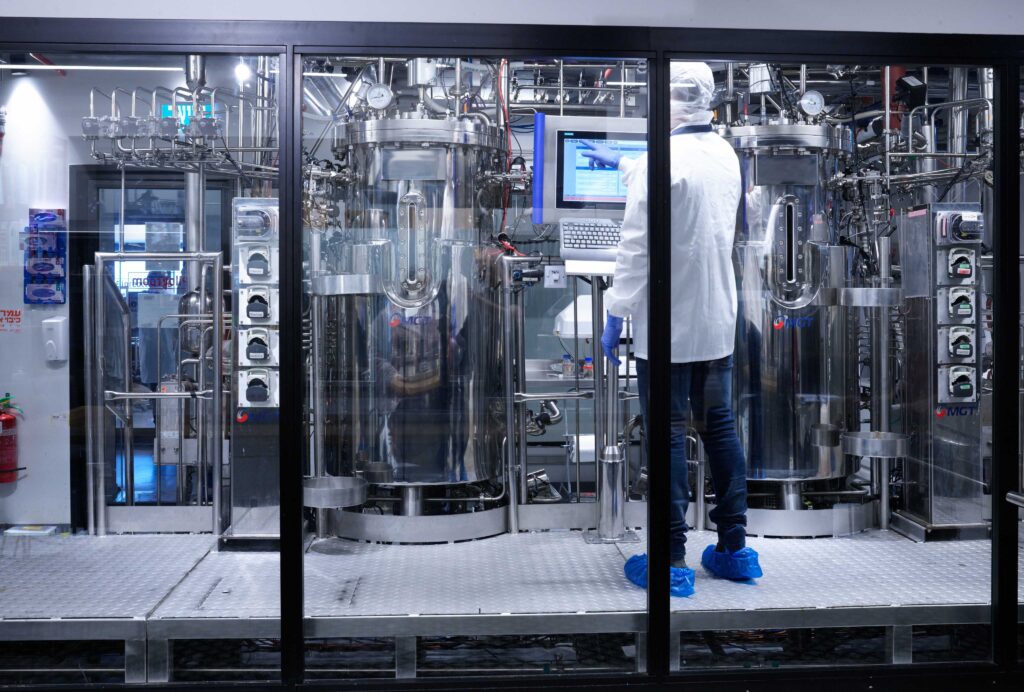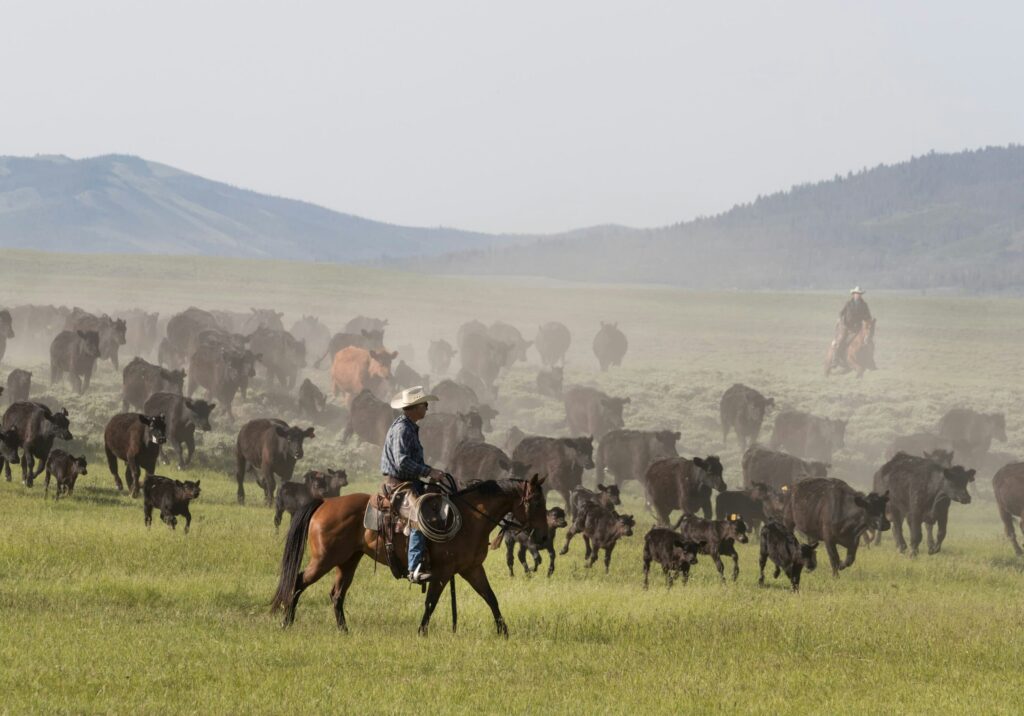In the wake of the world’s first lab-grown beefburger in the Netherlands, served up in 2013 at a cost of several hundred thousand dollars, the search has been on for cost effective and environmentally kind ways to grow animal cells in bioreactors.

Today, a study suggests that a continuous manufacturing process addresses the key challenges of scalability and cost, potentially making cultivated meat accessible to consumers to spur a more sustainable and ethical food system, according to Professor Yaakov ‘Koby’ Nahmias, founder of the company Believer Meats, and a multidisciplinary team at the Hebrew University of Jerusalem.
The process involves engineers, biologists, and chemists at the university and Believer Meats, which is currently building the world’s first large-scale industrial production facility for cultivated chicken.
The study, published today by his team in the journal Nature Food, demonstrates the use of tangential flow filtration (TFF) for the continuous manufacturing of cultivated meat, which can filter out waste during cell growth and recirculate the good cells back into the bioreactor.
The new bioreactor can grow 130 billion cells in every litre, allowing daily harvests over 20 days, and depends on a cheap culture medium to grow these cells, which only costs around $0.63 per litre.

His team calculates that a hypothetical 50,000-litre production facility could make cultivated chicken for $6.20 per pound, around the price of organic chicken, and it is cruelty-free too. ‘We were inspired by how Ford’s automated assembly line revolutionized the car industry 110 years ago,’ said Prof. Nahmias.
‘Continuous manufacturing enables cultivated meat production at a fraction of current costs, without resorting to genetic modification or mega-factories. This technology brings us closer to making cultivated meat a viable and sustainable alternative to traditional animal farming.’
‘Several life cycle analyses show efficient cultivated meat production can reduce carbon emissions by over 90% compared to traditional agriculture,’ said Prof. Nahmias. ‘However, I don’t think that is the most important point.’
Global warming is projected to reduce renewable water supply by 20% for every degree of warming, he added. ‘We are already feeling this in the drying of the Colorado River, which provides much of the freshwater for approximately 5.5 million acres of farmland in the southwestern United States,’ he said. ‘Efficient cultivated meat production described in our work can reduce water demand by 80%.’

Another issue is land use. ‘We use 27% of the land in the United States for pasture. About 80% of this land used to be covered with forests. Cultivated meat can reduce land use by more than 67%, allowing massive reforestation efforts.’
The research, said Dr Elliot Swartz of the nonprofit think tank the Good Food Institute, represents the first demonstration of cost-efficient manufacturing of cultivated meat and the first empirical economic analysis.
Other technology companies are also developing continuous bioreactors, such as CellRev and Cellular Agriculture, along with cheap synthetic mediums for cultivated meat, in the hope of making this novel food scalable and affordable. Questions remain over the availability of renewable energy to power future cultivated meat factories.
The major challenge is how to feed the world without accelerating damaging climate change, when the current global population of 7.6 billion (of which 821 million are undernourished) is expected to soar to almost 10 billion in 2050, the subject of research by curators in the Science Museum.
Industrial livestock farming is a key cause of deforestation, to create pasture, generate emissions such as methane, rely on high water usage and nitrogen production; and depend on the use of antibiotics, which can spur the rise of superbugs and antibiotic resistance.
As global demand for animal protein is expected to double by 2050, cellular agriculture offers one way to meet that demand without driving climate change: rearing animals for meat – at around 57 percent of the carbon dioxide equivalent of the food sector – caused twice the climate heating pollution of producing plant-based foods, which is around 29 percent.
A milestone international survey of public attitudes conducted for the Science Museum revealed concern about food waste but widespread lack of understanding about the link between food production and climate change.